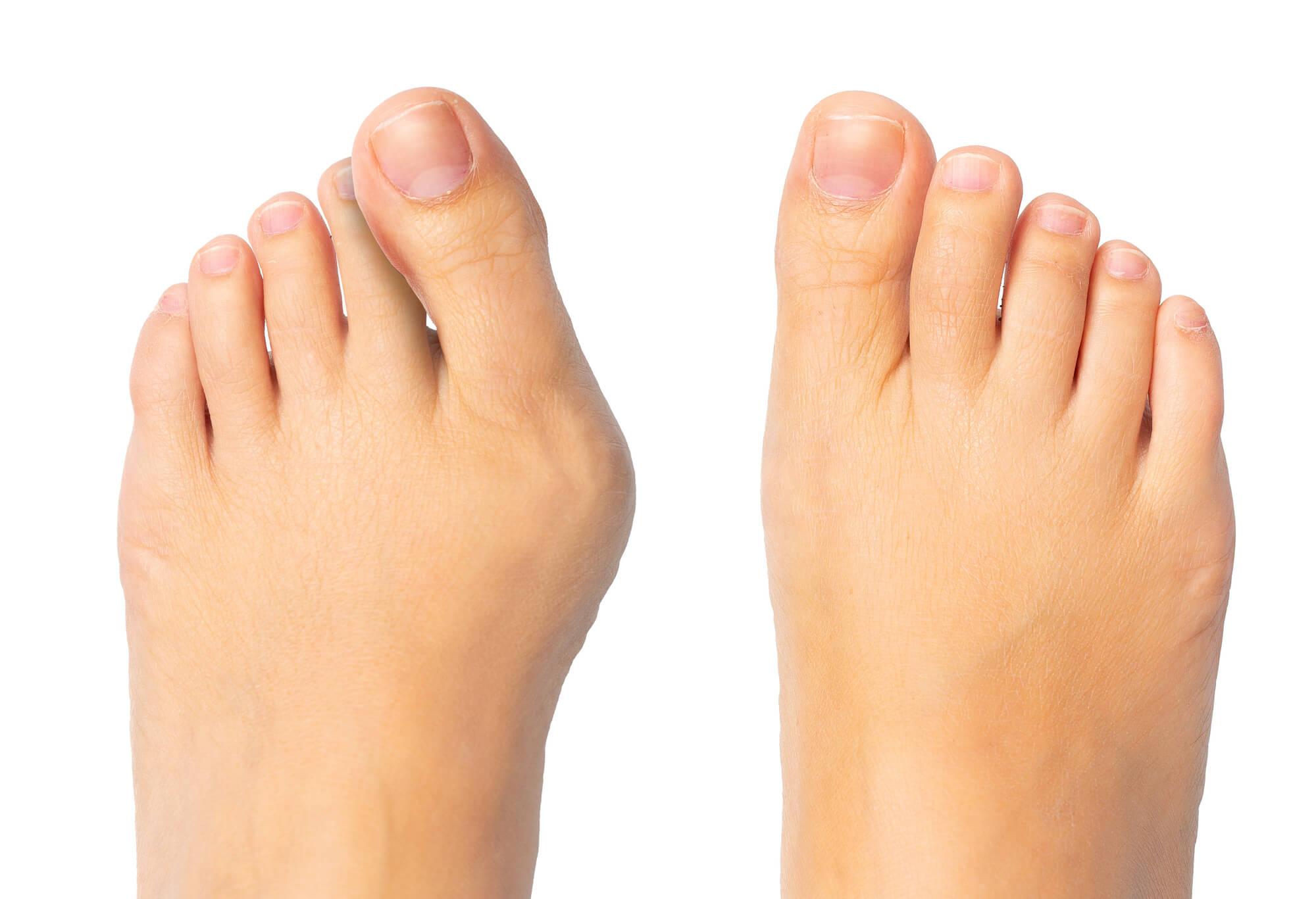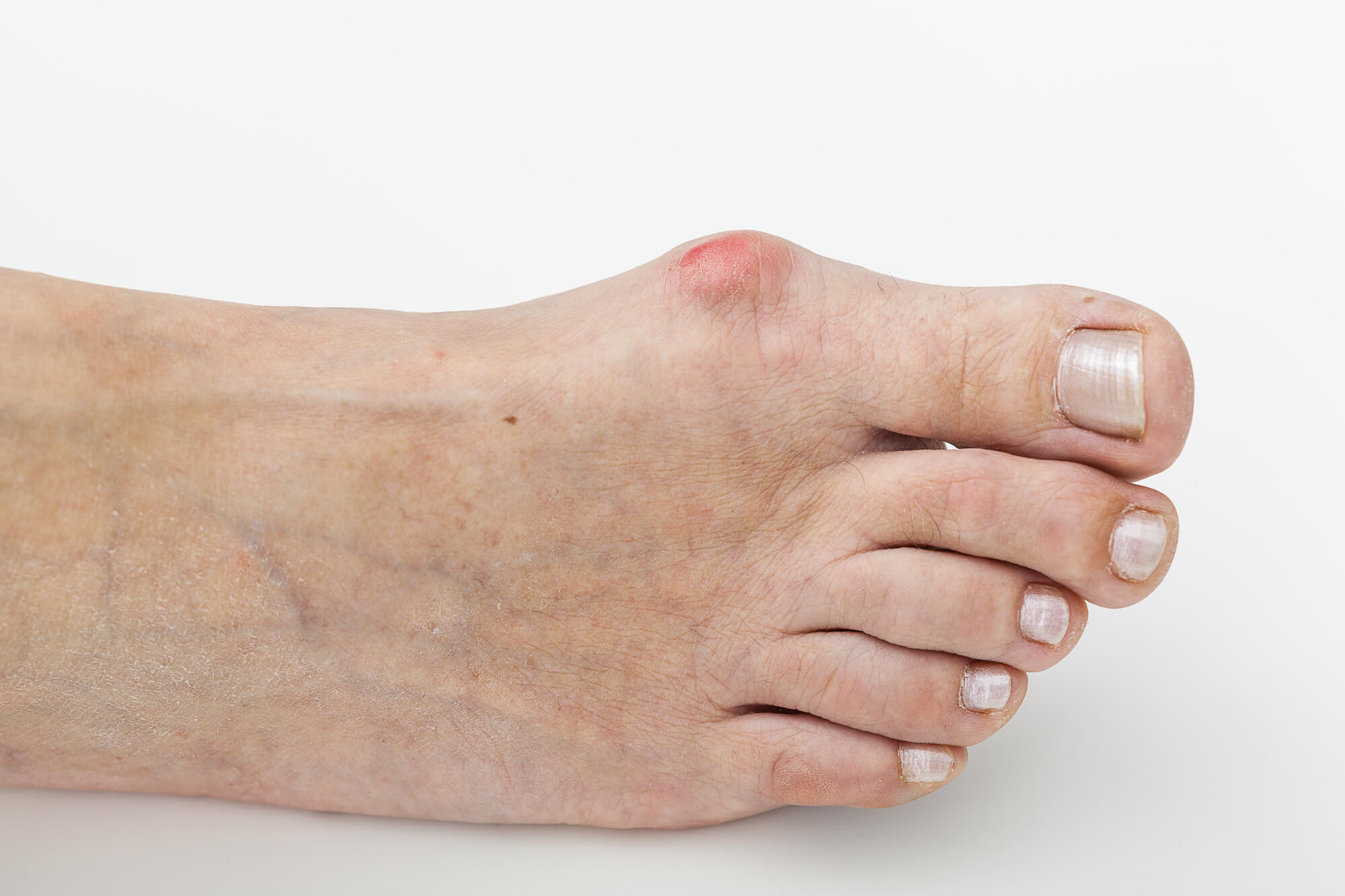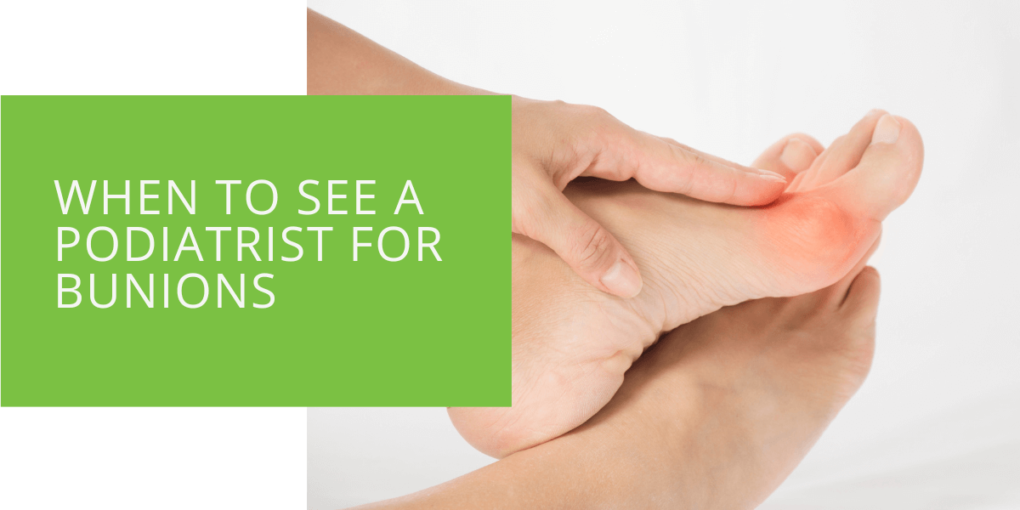When to See a Podiatrist for Bunions
Bunions are a common foot condition that can cause pain and discomfort in the affected foot. A bunion is a bony bump that forms at the base of the big toe, causing the toe to point inward and the joint at the base of the toe to protrude outward. This article will discuss when to see a podiatrist for bunions.
What are Bunions?
A bunion is a deformity that develops at the base of the big toe. It is characterized by a bony bump that protrudes outward, causing the joint at the base of the toe to push the toe inward. Various factors, including genetics, arthritis, and certain types of footwear, can cause bunions. Symptoms of a bunion include:
- A bulging bump at the base of the big toe
- Pain or discomfort in the affected foot
- Redness or inflammation around the bunion
- Limited range of motion in the affected toe
When to Seek Medical Treatment for Bunions
While most cases of bunions can be managed with at-home treatments, there are some situations where it is important to seek medical attention. Here are some scenarios in which you should see a podiatrist for your bunions:
When at-home treatments are not effective
Suppose you have been trying at-home treatments such as wearing properly fitted shoes, using orthotics, and applying ice packs or heating pads to alleviate bunion pain but are not seeing any improvement. In that case, it is time to seek medical attention. A podiatrist can assess the severity of your bunion and recommend more advanced treatments to help alleviate pain and prevent further deformity.
When the bunion is painful and limits daily activities
If your bunion is causing significant pain that limits your ability to walk, stand, or perform daily activities, it is important to see a podiatrist. The podiatrist can assess your bunion and recommend treatment options to help alleviate the pain and restore mobility.
When there is redness, swelling, or inflammation
If your bunion becomes red, swollen, or inflamed, it may indicate an underlying infection or other complication. In this case, it is important to seek medical attention as soon as possible to prevent further complications. A podiatrist can assess the cause of the inflammation and recommend appropriate treatment options to help alleviate the pain and reduce the risk of other complications.

When the person has diabetes or circulation problems
People with diabetes or circulation problems are at an increased risk of complications from bunions, such as infections or foot ulcers. It is important for them to see a podiatrist regularly to monitor their foot health and prevent complications. A podiatrist can provide specialized care for people with diabetes and circulation problems and help manage any foot-related issues that may arise.
In general, if you are experiencing significant pain, inflammation, or other symptoms related to your bunion, it is best to seek medical attention sooner rather than later. With prompt and effective treatment, you can alleviate your pain and prevent further complications from your bunion.
What to Expect During a Podiatrist Visit
During your visit to a podiatrist for bunions, the doctor will examine your foot and ask about your medical history. They may also take X-rays or other imaging tests to get a better look at the affected area. Based on their findings, the podiatrist will recommend a treatment plan tailored to your needs.
Treatment Options
Several treatment options are available for bunions, depending on the severity of the condition. Here are some of the most common treatment options:
Conservative measures
Conservative measures include at-home treatments, such as wearing properly fitted shoes and using orthotics to provide additional support. The podiatrist may also recommend splints or taping to help alleviate the pain and discomfort caused by the bunion.
Pain management
If the bunion is causing significant pain, the podiatrist may recommend pain medication or injections to provide relief.
Surgery (if necessary)
In severe cases, surgery may be necessary to correct the deformity and alleviate the pain and discomfort caused by the bunion. This is typically only done if other treatments have been unsuccessful.

Preventing Bunions
Preventing bunions is key to avoiding the condition altogether. Here are some tips to help prevent bunions:
- Wear properly fitted shoes with adequate support.
- Avoid high heels and tight-fitting shoes.
- Maintain a healthy weight.
- Do foot exercises and stretches to strengthen the muscles in your feet.
- Avoid activities that put excessive pressure on the feet.
It is important to note that bunions are a common foot condition, but they can lead to further complications if left untreated. Therefore, seeing a podiatrist if you experience any of the symptoms associated with bunions is important.
Conclusion
Bunions are a common foot condition that can cause pain and discomfort in the affected foot. While most cases of bunions can be managed with at-home treatments, it is important to seek medical attention if you experience pain, inflammation, or other symptoms associated with bunions. By taking preventive measures and following the advice of your podiatrist, you can keep your feet healthy and pain-free.

